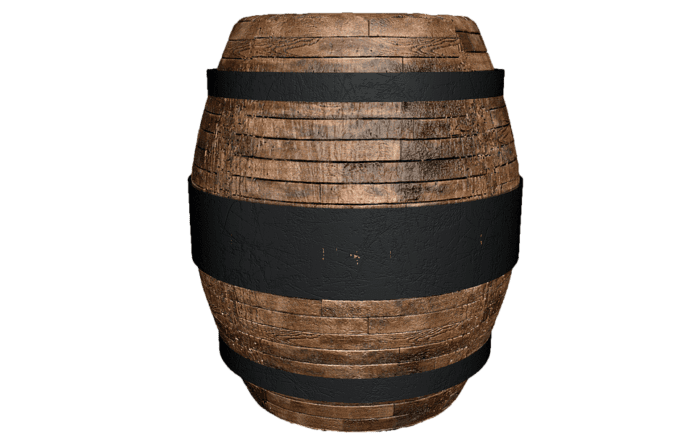Introduction
In the world of winemaking, oak barrels have long been used to impart unique flavors and characteristics to wines. However, as consumer preferences evolve and trends change, producers must adapt to ensure their oak use aligns with modern wine preferences. This report will delve into what producers can do to stay relevant in today’s market while still utilizing oak in their winemaking processes.
Understanding Modern Wine Preferences
Consumer Demand for Lighter, Fresher Wines
One of the key trends in the wine industry today is the growing demand for lighter, fresher wines that are more approachable and easy to drink. Consumers are increasingly looking for wines that are less oaky and more fruit-forward, with a focus on purity of fruit flavors and natural acidity. Producers must take this into consideration when deciding how to use oak in their winemaking.
Preference for Oak Integration
While some consumers still enjoy wines with pronounced oak flavors, there is a shift towards more subtle oak integration in wines. Producers must find a balance between using oak to enhance the wine’s complexity and structure without overpowering the natural flavors of the grapes. This requires careful selection of oak barrels and monitoring of the aging process to achieve the desired level of oak influence.
Factors to Consider When Using Oak in Winemaking
Quality of Oak Barrels
The type of oak barrels used can greatly impact the flavor profile of the wine. Producers must choose high-quality barrels that are well-seasoned and properly toasted to ensure the oak imparts desirable aromas and flavors to the wine. While French oak is traditionally favored for its elegance and complexity, American oak can also be used for its bolder and more intense flavors.
Aging Duration and Techniques
The length of time wine spends in oak barrels and the aging techniques employed can significantly influence the final product. Producers must carefully monitor the aging process to avoid over-oaking the wine, which can result in unbalanced flavors and a lack of fruit expression. Techniques such as stirring the lees or using oak staves instead of barrels can also be employed to achieve specific flavor profiles.
Industry Insights and Financial Data
Leading Companies in Oak-Aged Wines
Some of the top players in the wine industry known for their oak-aged wines include companies like Robert Mondavi Winery, Chateau Montelena, and Penfolds. These producers have mastered the art of using oak to enhance their wines while still catering to modern consumer preferences.
Financial Impact of Oak Usage
The cost of oak barrels and the labor involved in the aging process can have a significant financial impact on wineries. High-quality oak barrels can be expensive, and producers must carefully consider the return on investment when deciding how to incorporate oak into their winemaking. However, the ability to command higher prices for oak-aged wines can offset these costs and lead to increased profitability.
Conclusion
In conclusion, producers must be mindful of modern wine preferences when using oak in their winemaking processes. By understanding consumer demand for lighter, fresher wines and the importance of subtle oak integration, wineries can stay relevant in today’s market while still taking advantage of the unique flavors oak can impart. With careful consideration of factors such as oak barrel quality, aging techniques, and financial implications, producers can align their oak use with modern wine preferences and continue to create exceptional wines that appeal to a wide range of consumers.



